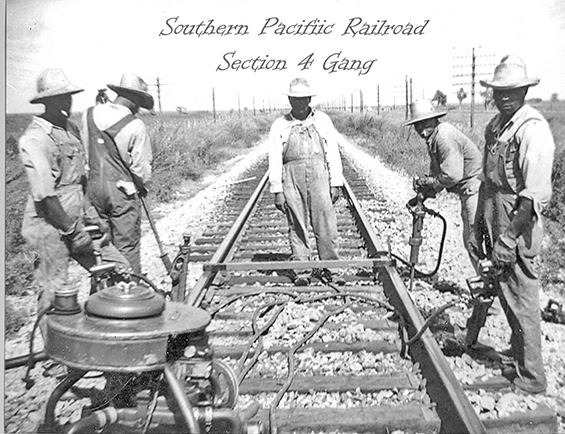 Thinking about railroads for most of my life, they have taken on a new identity. When I was a kid, my dad was a railfan. He still is a railfan, but stick with me. I would watch him watch trains pass. I followed along as he built his model railroad set in our garage. I grew to understand what he was talking about regarding narrow gauge or wide gauge rail or what a shay was or a 4-4-0.
Thinking about railroads for most of my life, they have taken on a new identity. When I was a kid, my dad was a railfan. He still is a railfan, but stick with me. I would watch him watch trains pass. I followed along as he built his model railroad set in our garage. I grew to understand what he was talking about regarding narrow gauge or wide gauge rail or what a shay was or a 4-4-0.
But as I shifted to thinking about railroads as an academic, they have taken on a new meaning. I began thinking about the tracks as both a connecting “ribbon of iron” (to use the 19th-century phrase) and as a dividing line that prevented bison from crossing in the Plains. I began thinking about not just the physical components, but the ancillary pieces of railroads. What did they represent as a business? What did they mean for the communities that they served or chose not to serve? Did railroads actually serve communities or were railroads purely business entities?
These and many other questions have continued to challenge my thinking as I continue to work on the railroads that crossed through the Indian Territory in the second half of the 19th century.

No responses yet